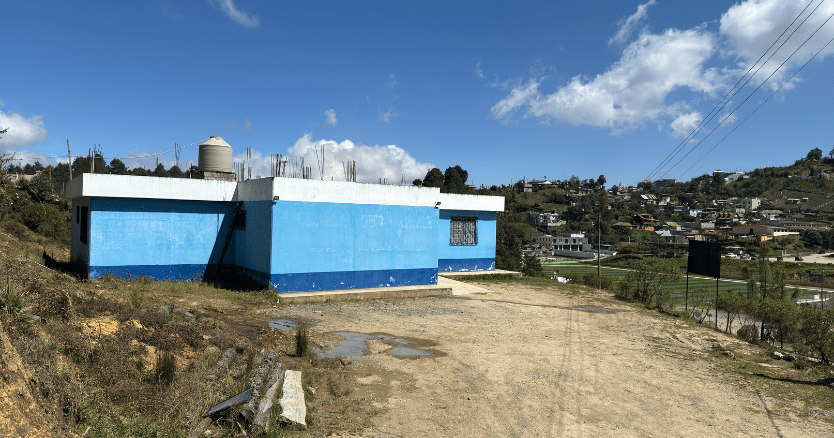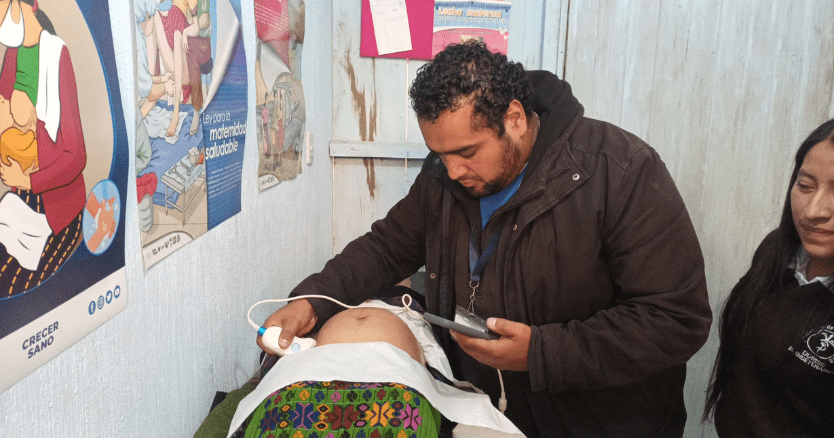Guatemala, officially known as the Republic of Guatemala, is a country in Latin America with a population of approximately 18.7 million people. Guatemala is one of the few Latin American countries still home to a large Indigenous population. More than 40% of Guatemala’s total population is made up of Indigenous people and approximately 75% of this population lives in rural area [1]. These communities face severe socioeconomic challenges, such as limited access to healthcare, education, and economic opportunities which exacerbate their vulnerability.
Maternal healthcare in Guatemala faces significant challenges, especially among Indigenous population. The national maternal mortality rate (MMR) of Guatemala is 73 per 100,000 live births. However, this rate can more than double among the Indigenous communities in rural areas. This implies an Indigenous women are twice as likely to die from preventable pregnancy-related deaths than non-Indigenous women [2]. There are several statistics around maternal healthcare in Guatemala supporting this disparity.

Approximately 65% of all births in Guatemala occur in health facilities. This number is much lower among rural and poor communities, which are often located hours away from a facility. Recent statistics indicate that 51% of Indigenous women in Guatemala do not attend the recommended four or more antenatal visits during their pregnancy, and 30% of these women give birth without a skilled attendant [2]. These disparities leading to maternal deaths in rural areas are partly due to the lack of access to healthcare facilities, lack of timely intervention during obstetric emergencies and lack of early detection of risky pregnancies. Most maternal deaths caused by these factors are preventable if expectant mothers are given timely access to quality antenatal care and skilled attendance during labor and delivery.
In October 2024, Delft Imaging partnered with EHAS Foundation to contribute to their Healthy Pregnancy Project in Guatemala. Healthy Pregnancy is a collaborative project between EHAS and TulaSalud that seeks to reduce maternal mortality using portable ultrasound scanners [3]. TulaSalud is a local NGO providing healthcare services in rural and underserved areas through digital health initiatives [4]. Their efforts in the past have significantly contributed to reducing maternal and child morbidity and mortality in Guatemala’s rural areas. Supported by Tula Foundation, TulaSalud is using one BabyChecker at Community Health Centre (puesto de salud) to scan pregnant women [5].

BabyChecker is the innovative screening tool developed by Delft Imaging to screen risky pregnancies in resource-constrained settings. BabyChecker is Artificial Intelligence (AI) that analyses obstetric ultrasound scans, to identify risks in pregnancy. Scans can be easily acquired with a handheld ultrasound and by any frontline health worker within 2 minutes. Any frontline healthcare worker, with no prior experience in ultrasound, can use BabyChecker after watching the 3-minute training video. The user is guided by the BabyChecker mobile application to perform a scan, which consists of standard sweeps across the abdomen. Once the sweeps are completed, AI analyses the scan and provides outputs for gestational age, fetal presentation and placenta localization. Based on these outputs the application gives a risk indication using traffic light system.

Since its introduction in Guatemala, nursing assistants (Auxiliares de Enfermería) have been using BabyChecker and have conducted 320 scans. 285 pregnant women have been scanned, out of which 46 are recorded as high-risk cases and 111 as mid-risk cases. With the indication of risky pregnancies, BabyChecker is helping to improve maternal and antenatal care in Guatemala and providing timely referrals from community health centers. Over the past 6 months, the usability and user experience of the nursing assistants using BabyChecker was also recorded. So far, 10 healthcare workers have used BabyChecker after watching a 3-minute training video, which is the sole source of training provide for its use. Overall, 86% of the scans obtained are found to be of good quality, and 50% of the users have a performance rate of more than 90% (percentage of good quality scans).
These figures implies that BabyChecker is well regarded for its user-friendliness and diagnostic output. All users are finding it easy to integrate BabyChecker into their work due to the clear and straightforward user training and instruction process, which is enhancing its efficiency.
